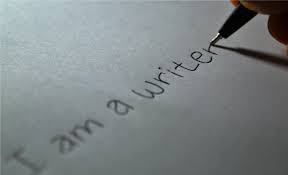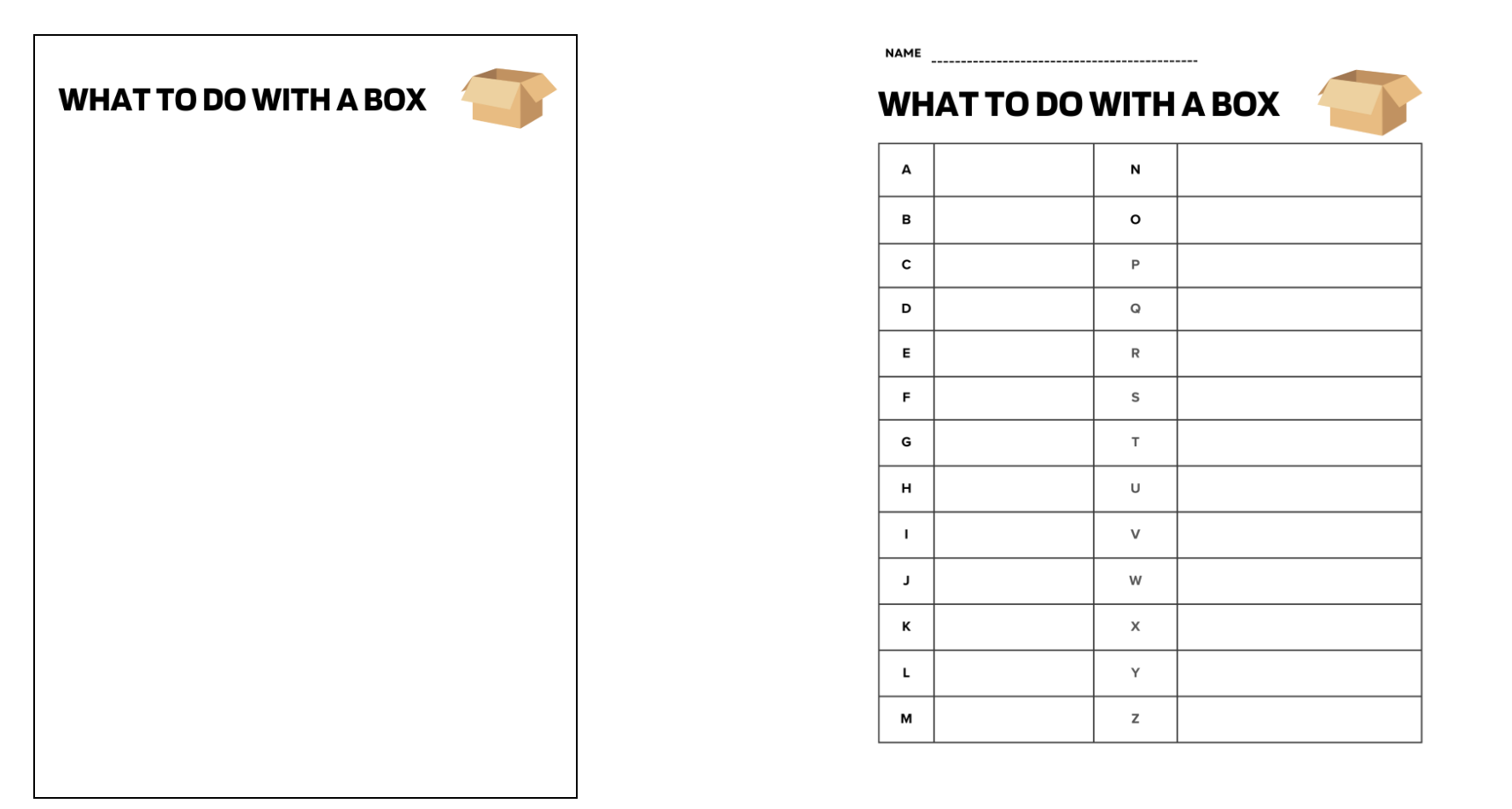
What do you know about earthquakes? Let’s find out!
Spark your thinking!
1. Set up your early enrichment mini spark recording page # 64: Earthquake Lesson
2. Read this teaching page written by an earthquake. If a word is bold, record it on your recording page.
Greetings! I am an Earthquake.
I usually occur at the edge of tectonic plates, which are the outer layer of the Earth. Made of rock, these plates are constantly on the move.
My Trigger: Getting Stuck!
I happen when the tectonic plates get stuck but continue to try to move. As they remain stuck, pressure builds up until I can finally break free with a sudden movement!
Foreshocks: My Warning Signals!
Before I make my grand entrance, I sometimes send foreshocks your way. These are smaller earthquakes that occur before the main event, which is known as the main shock. Scientists can use these signals to predict when I might arrive.
Aftershocks: My Echoes!
Once I’ve made my appearance, aftershocks usually follow. These are smaller earthquakes that occur after the main one, as the Earth’s crust adjusts to the changes I’ve caused. They can be very dangerous, especially if buildings are already damaged from my initial impact.
My Seismic Waves!
The shock waves I create as I move through the ground are called seismic waves. They are strongest at the center of my occurrence and travel to the surface, causing the ground to shake and leading to destruction.
Measuring My Strength!
Scientists use the Moment magnitude scale to measure my strength. This scale accurately measures the energy I release. In the past, they relied on the Richter scale, which measured the size of my seismic waves but wasn’t as precise.
My Birthplace: The Hypocenter!
I always start somewhere underground, and that place is known as the hypocenter. It’s the hidden origin of my power.
The Epicenter: My Surface Spot!
The point directly above my hypocenter on the ground is called the epicenter. The difference is clear: the hypocenter is underground, while the epicenter is above, where the effects are felt most.
My Record-Breaking Event!
The strongest earthquake ever recorded was in Chile in 1960, measuring 9.5 on the Moment Magnitude scale—an extremely high value! I lasted for a full 10 minutes, leaving a significant mark.
My Frequent Home: Japan!
I tend to occur most often in Japan, located within ‘The Pacific Ring of Fire,’ which sits at the edge of the Pacific Ocean where tectonic plates meet. Other countries affected by my presence include the Philippines, the United States, Chile, and more.
3. Which of these 10 facts surprised you the most?
4. Write a 5 question quiz about earthquakes. Make an answer key as well.
5. Share your early enrichment mini spark recording page with your teacher/EY coordinator.
Check out the Natural Disaster Reporter Badge at the EY Website.

 Halloween evolved from the ancient Celtic holiday of Samhain. Over the centuries, Halloween transitioned from a pagan ritual to a day of parties, costumes, jack-o-lanterns and trick-or-treating for kids and adults.
Halloween evolved from the ancient Celtic holiday of Samhain. Over the centuries, Halloween transitioned from a pagan ritual to a day of parties, costumes, jack-o-lanterns and trick-or-treating for kids and adults.



 Across the Pacific, myths and legends are passed down through oral tradition. The myth of Dakuwaqa is deeply rooted in Fijian culture and serves as a reminder of the interconnectedness between humans and the natural world, as well as the consequences of greed and disrespect for the environment.
Across the Pacific, myths and legends are passed down through oral tradition. The myth of Dakuwaqa is deeply rooted in Fijian culture and serves as a reminder of the interconnectedness between humans and the natural world, as well as the consequences of greed and disrespect for the environment.





 Learn about the Amazon Rainforest and how the Wampís Nation has been protecting the forest and the largest river in the world.
Learn about the Amazon Rainforest and how the Wampís Nation has been protecting the forest and the largest river in the world.  Trees help clean the air. Trees produce the pure oxygen we breathe, and remove air pollution by lowering air temperature, through respiration and by retaining particulates, but can it be bad to plant a tree?
Trees help clean the air. Trees produce the pure oxygen we breathe, and remove air pollution by lowering air temperature, through respiration and by retaining particulates, but can it be bad to plant a tree? It is helpful to be able to recognize and understand adages and proverbs in the stories you are reading.
It is helpful to be able to recognize and understand adages and proverbs in the stories you are reading.


